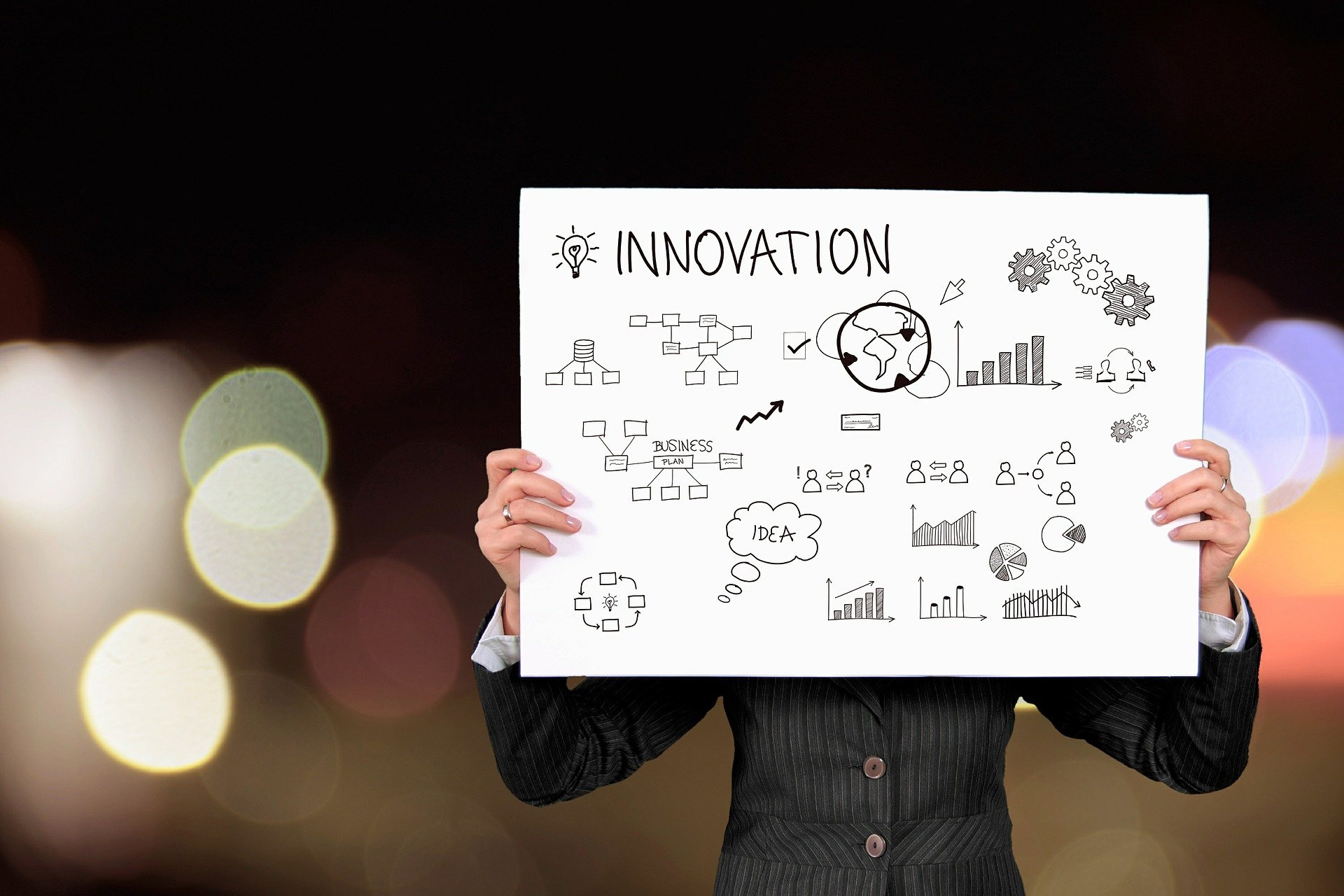
For today’s #wisdomwednesdays I’ll talk about the difference between Robotic Process Automation (RPA) and Artificial Intelligence (AI).
In a sense, they can both be categorized as forms of software automation. But the major difference is their purpose.
The short explanation is that RPA is used to automate repetitive rules-based tasks, such as repetitive clicks and keystrokes, copying and pasting, if-then types of processes.
On the other hand, AI is used to automate tasks that require judgment, such as reading unstructured documents, identifying patterns, making decisions based on what you see in photos, or getting context based on what you hear in conversations.
Read on to find out the long explanation as well as some examples. This will also touch on Machine Learning.
Check out the video below for the detailed explanation.
RPA vs AI
Video © Mind Data AI ML
Now let me give you a specific example. Let’s say, you’re a business owner. One of the common tasks that your business would usually be doing regularly is responding to customer inquiries.
Let’s say you have a contact form on your site with the following fields:
- Customer name
- Email address
- Message (free-format field)
When a customer contacts you, your typical task is as follows:
- Open message from contact form
- Copy-paste contents into spreadsheet (timestamp, customer name, email address, and message from the free-format field)
- Read the customer’s free-format message, understand the context
- Decide if you will either (4.1) respond asking for more information, or if (4.2) you will fill-out a template ticket for the processing team to take action.
If you think about it, in this simple process, steps 1, 2, and 4.2 are rules-based tasks that do not require human judgment.
These are the types of tasks that you can automate using Robotic Process Automation or RPA.
Whereas steps 3 and 4.1 are tasks that require human judgment, as in step 3 you need to read and understand the context of the customer’s message, and in step 4.1 you need to provide a customized response based on your understanding and judgment of what the customer has said in the message.
These are tasks that can potentially be addressed by Artificial Intelligence or AI.
It is in this portion that Machine Learning comes into play. For example, in step 3, you need to teach the program how to understand the context and make a decision.
For that to happen, you need to feed it with a lot of historical data – past messages from customers, and the decisions humans made based on those messages.
i.e. If customers say this, do this. If they say that, do that.
And you should always establish a means to audit the decisions made by the algorithm, as well as the exceptions, so that you can constantly tune it and it will learn from its mistakes, or scenarios that it hasn’t faced before. That way, the Artificial Intelligence will know what to do next time around, hence Machine Learning.
I hope you learned something new today. What’s important is that you understand where RPA and AI can be applicable in a process, and where they do not.
For example, I would prefer pure human intervention on step 4.1, as it would still be best to maintain that human to human connection with your customers.
That’s all for today! Reply with a comment if you have any questions or clarifications. I would love to hear from you.
Are you interested in learning Artificial Intelligence, even if you’re just a beginner? Click here!

One Reply to “RPA vs AI: What’s the Difference?”